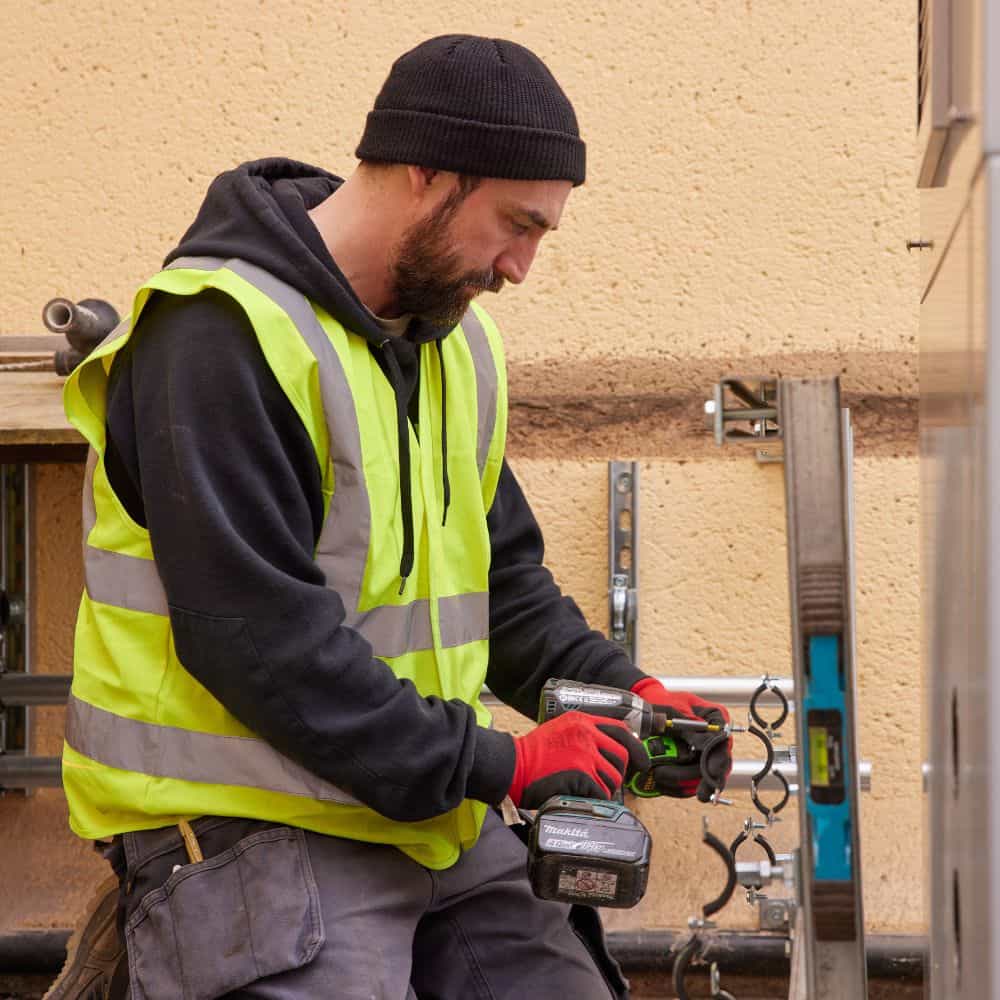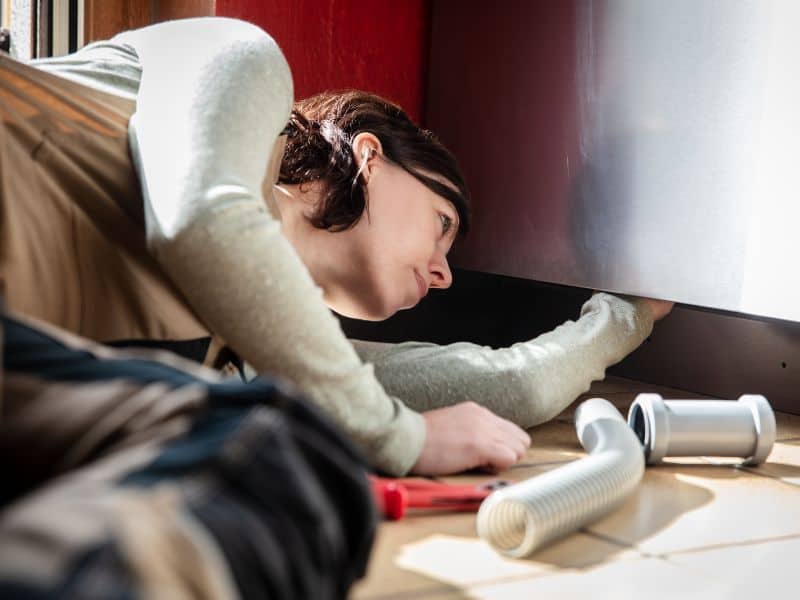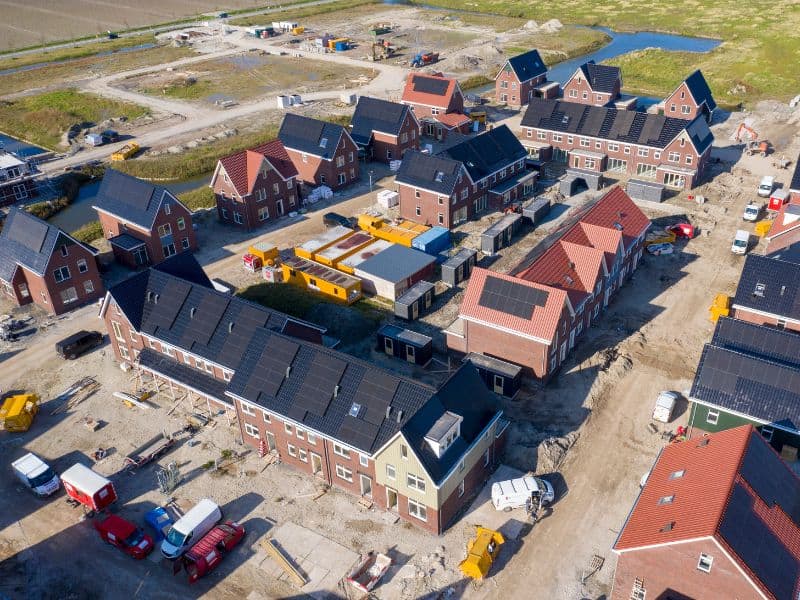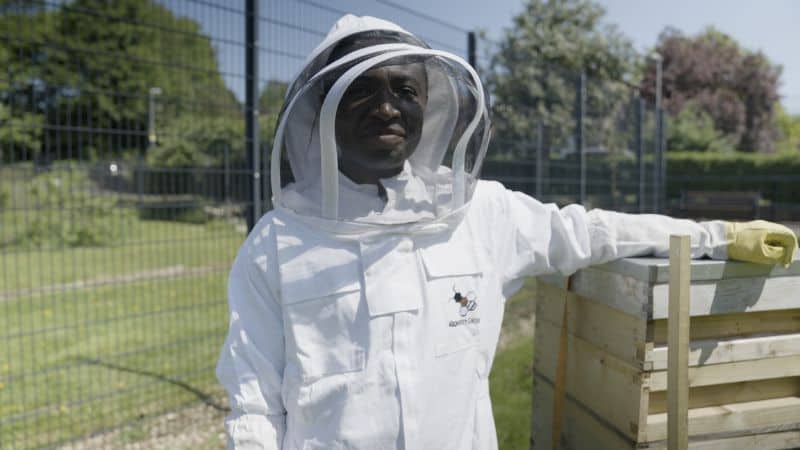The role of a Heat Pump Installer is to oversee the system installation and commissioning of heat pump systems. They undertake the installation, servicing, repair, and maintenance in accordance with up-to-date manufacturer guidelines, assessing and diagnosing faults.
Heat Pump Installers also highlight and manage risks, ensuring risk assessment and safety plans are in place and will troubleshoot when appropriate. They will liaise closely with and support Coordinators, customer service teams, sales teams and Project Managers and provide a professional customer service.















